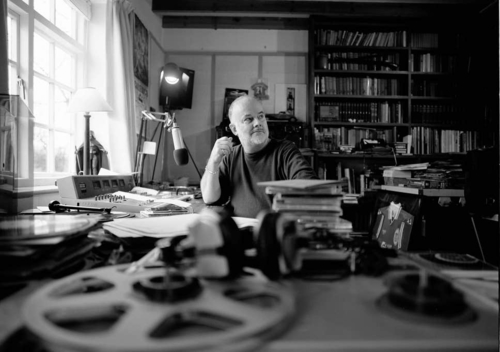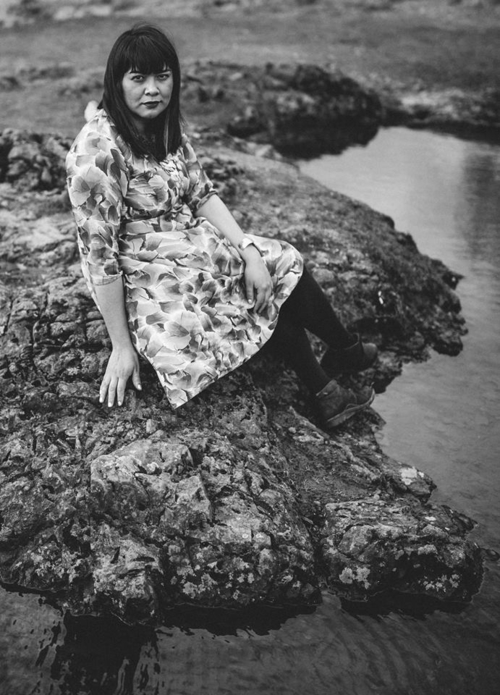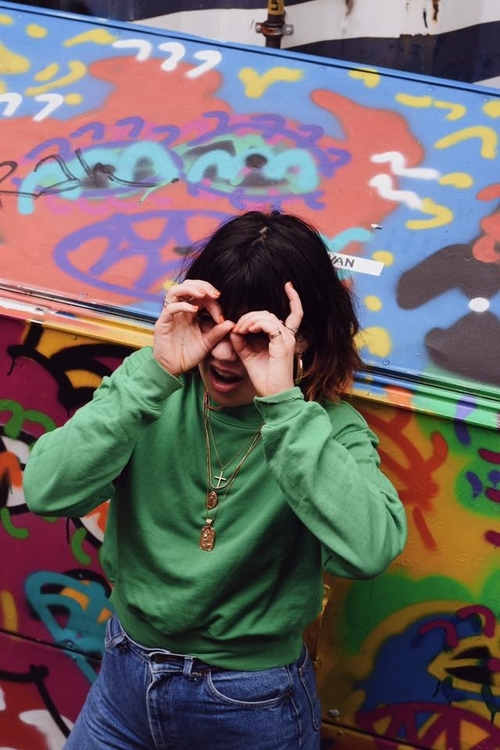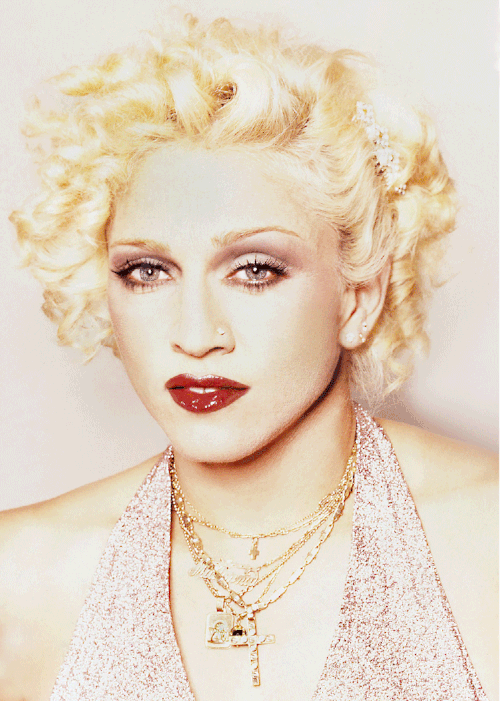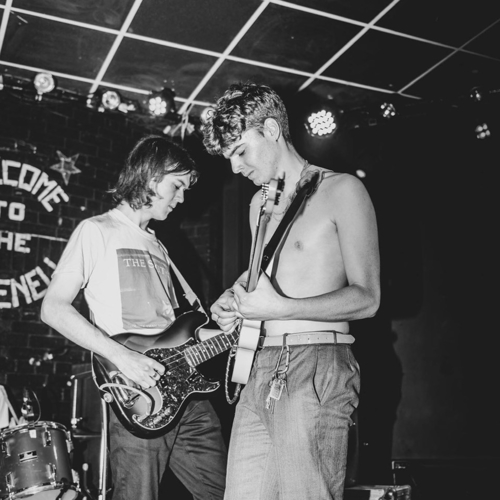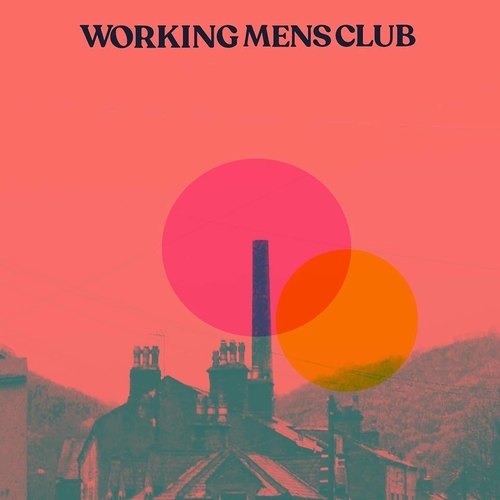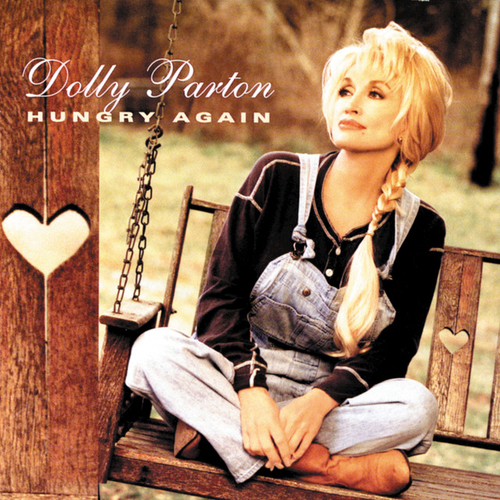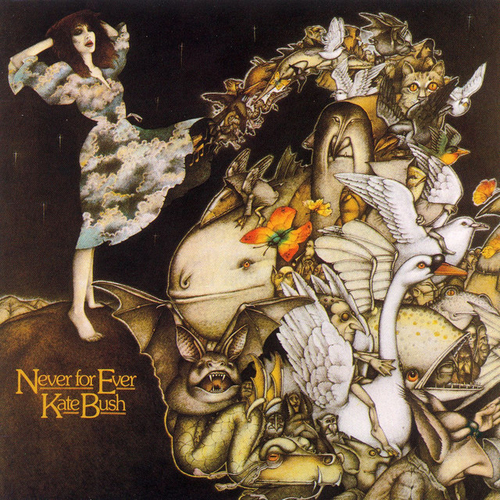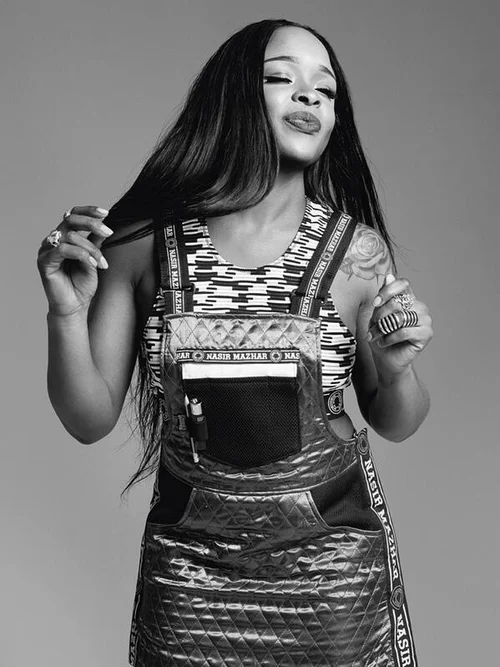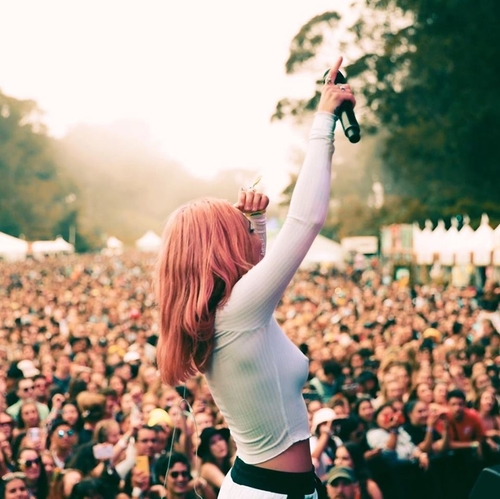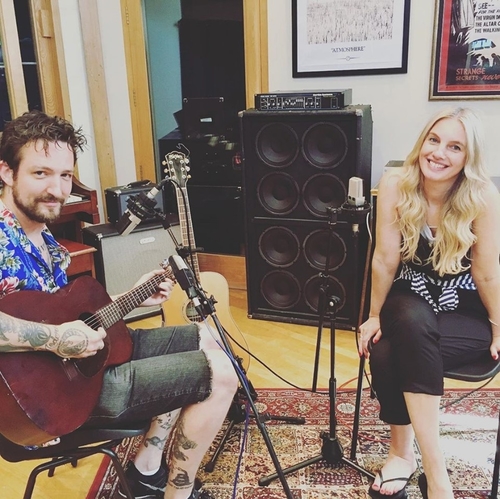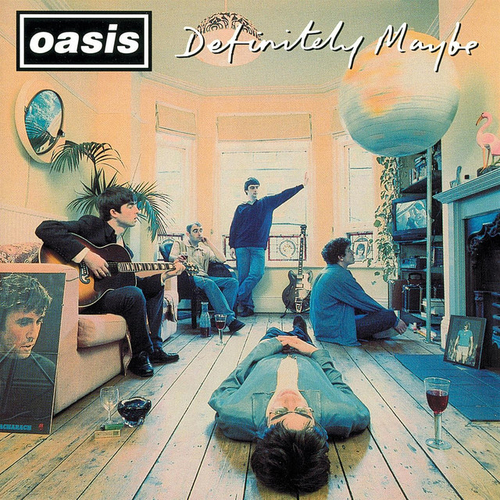FEATURE:
Vinyl Corner
IMAGES/PHOTOS: Getty Images
Deee-Lite – World Clique
__________
PERHAPS it was a move from the blitz and fun…
of World Clique to the more serious and outward-looking on 1992’s Infinity Within that contributed to a decline in critical attention. That much-anticipated follow-up gained some positive reviews but, compared to the iconic and stunning debut, there was something lacking. Deee-Lite naturally progressed but, as they grew and got a bit more outspoken – talking about safe-sex and environmental protection -, perhaps that took some of the attention away. Definitely, Infinity Within is an important and timely album. Even now, it sounds relevant and daring but, after such a heady and acclaimed debut, perhaps people were expecting a similar follow-up. I will talk about the biblical World Clique in a minute but, before then, a little about the delightful Deee-Lite. The band started out in 1986 as a duo in New York City. Their colourful and stunning lead, Lady Miss Kier handled vocals whilst Supa DJ Dimitry was the D.J. They expanded to a trio when Jungle DJ Towa Tei joined the ranks. One can only picture the scene in the mid/late-1980s and Deee-Lite gigging in New York. Before Deee-Lite took shape, Kier and Dimitry played in some downtown clubs and cut their teeth. It was a modest beginning but life changed when Kier procured an Akai sampler. The band was very much D.I.Y. and, with Kier designing their posters and the group playing in gay and straight clubs, it was not long before they were thinking about an album.
Tei, Kier and Dimitry bonded over a mutual appreciation of Funk and Techno. I am not sure whether there were many other artists of the time fusing these sounds but, as the members of Deee-Lite came from the U.S. (Kier), Ukraine (Dimitry) and Japan (Tei), it was only natural their blend would be richer, more original and varied than a lot of music at the time. By 1988, the new three-piece was cemented and things were rolling. Rather than using a lot of instruments and having a natural sound, Deee-Lite employed samples and wonderful sounds on World Clique. They were all avid record collectors and, when it came to giving their debut new layers and different moves, they dipped into their vinyl collection. Lady Miss Kier took care of the lyrics and melodies whereas Supa DJ Dimitry handled guitar, keyboard and bass; Towa Tei was responsible for collating samples and fills. I would encourage people to get World Clique on vinyl because it sounds incredible on that format. One can imagine the sort of records Deee-Lite were pouring over when making World Clique so, to have all those sounds mixed onto a record is a wonderful thing. Included on World Clique are Bootsy Collins, Q-Tip; Fred Wesley and Maceo Parker. Recorded between January and May 1990, the group were literally capturing what was happening right at the start of an incredible decade. A lot of powerful and moving albums arrived in 1990 – including Public Enemy’s Fear of a Black Planet – but there was this intoxicating spirit happening.
Artists were mixing genres and splicing sounds. House music was emerging and becoming more prominent and there were influences from all around the world. Listen to some of the music at the time – including Soul II Soul’s Back to Life and Madonna’s Vogue – and you can find plenty of music that united people and lifted the spirits – it would be good to see more of that today; whether that is even possible, I don’t know! World Clique is not only one of the best albums of the 1990s but it is one of the best debut releases ever. It is such a kaleidoscopic, wild and liberating album that drags you in and brings you into this neon, colourful world where you feel better and safe. Hip-Hop was still prevalent but, as an alternative to an angrier and more political style of music, artists like Deee-Lite provided a wonderful alternative. More in common with peace and love of the 1960s than messages of civil rights and political concerns of the day, maybe that explains why Deee-Lite become more activated and conscientious on their sophomore release – feeling they needed to tackle big issues and get more serious. Unsurprisingly, World Clique was a huge success and received incredible reviews. The faultless Groove Is in the Heart was a top-five smash in the U.S. and U.K. whereas Power of Love/Build That Bridge and Good Beat were also very popular.
In this retrospective review, AllMusic discuss the beauty and potency of World Clique:
“Its reputation may rest on only one hit single -- but what a hit. "Groove Is in the Heart" defined the summer of 1990 on radio and MTV with its delicious combination of funk, modern dance sheen, and Lady Miss Kier's smart, sharp diva ways. Add in guest vocals and bass from Bootsy Collins (a pity his hilarious video cameo wasn't represented here), brass from the original Horny Horns duo of Fred Wesley and Maceo Parker, and a smooth mid-song rap from A Tribe Called Quest's Q-Tip, and the results sounded good then and now. The rest of World Clique offers variations on the song's theme, with Kier's sweet, light vocals and DJs Dimitri and Towa Tei making it work in various ways. It's still a bit surprising that Kier didn't go on to greater fame on her own, because she definitely has not merely the pipes but the personality to carry something on her own -- compared to the dog-whistle vocal calisthenics of someone like Mariah Carey, there's no contest. Check out her work on songs like "Good Beat" and the amusing sass of such numbers as "Try Me on, I'm Very You." The two musicians come up with a seamless, adept flow throughout, merrily raiding whatever they so choose in the past for their own purposes. Disco is the heart of it all, with everything from hip-hop breaks to bubble-salsa piano -- even early Depeche Mode! -- taking a bow; hints of the future genre-mashing Towa Tei would make his own trademark are already plentiful. Bootsy and the Horny Horns crop up at other points as well, adding just enough classic funk to blend with the crisper electronic pulses and arrangements”.
NME had this to say where the album was released:
“Whatever the lyrical content - love, smiling DJ/dancefloor ESP, more love, more positivity - the music is always so up, it's away. Disco with soul, erotic Electro and even those big Italian piano riffs sound refreshed and invigorating under their guidance. It all sounds so easy, but you know that behind it is three years in clubs gaining contacts that resulted in work with The Jungle Brothers, A Tribe Called Quest and even a Sinead O'Connor remix. A Deee-Lite clique which resulted in JB's Maceo Parker and Fred Wesley, A Tribe Called Quest's Q-Tip and Bootsy all putting their two-penneth into this album.
The result is one of the most varied and inspirational club crossover records ever. It doesn't matter that the ingredients aren't original, it's what they've done with them, that makes this album such a dream. On the other hand you could argue that, if you walked round on platform shoes with heels as high as Miss Lady Keir's your head would never come out of the clouds either.
It's the best place for it”.
I was seven when World Clique came out and was completely blown away by it. The albums still sounds utterly sensational and fresh but, at the time, it was a revelation. I love all the tracks on the album but one cannot escape the majesty and addictiveness of Groove Is in the Heart. It is a song that puts you on another plain. It is completely entrancing and otherworldly. You get lost in the samples and myriad grooves; the insatiable energy and fun of a song that is still massively played today. I will end this feature in a bit but I want to bring in an interview Music Radar conducted with Lady Miss Kier back in 2016. She discussed her experiences of World Clique and shared her memories of its incredible tracks:
"It was my first and only time doing it," says Lady Miss Kier, gingerly. "I'd never even sang before, but we tripped out and wrote three songs. Deee-Lite was formed that night." After coming down, a yearlong writing session took place, amassing them over 30 tracks that they would road test at packed hip-hop and dance clubs around the city. Kier handled mic duties, and dreamt up the kaleidoscopic image for the group, while classically trained pianist Dmitry brought the music. Record digger and DJ Towa would later join the ranks, providing many of the choicest samples.
"We were really into that funky stuff, which wasn't that popular at the time in New York," says Kier. "We started incorporating that with some Kraftwerk - I used to call that 'holographic techno-soul'. The main thing was that we didn't want to fit into one category. For me, the best bands fuse at least three different genres."
Try Me On… I'm Very You
"This has [P-Funk legend] Bootsy Collins on. He laid down some bass. I think originally we'd used a JBs sample, and he came in and replayed some really sweet overdubs. I'm pretty sure he played guitar on this as well. We didn't sit down and write with him. He just turned up and made everything… better, you know? He knew the songs from a demo tape I sent him, and he'd throw in bits and pieces over the top.
"He introduced us to a lot of the P-Funk players who'd left that scene and were hungry to work with other artists. So, Fred [Wesley] and Maceo [Parker] are on the horns here. That was the great thing about working with Bootsy. When he came, he was like, 'You need any horn players? I know a coupla guys.' Only these two legends! He introduced us to guys like Bernie Worrell, who ended up working with us later, too. I never felt worthy. These were my heroes. We ended up with a full, nine-piece live show with these guys, as well."
Groove Is In The Heart
"Q-Tip does a great verse on this. This was before Tribe blew up. He was hanging with the Jungle Brothers. We opened up for them one time at a club called Hotel Amazon, which is where I would have met Tip. We were playing that song live and he asked if he could do 16 bars on it.
"I remember he came to the studio with a note pad and just started writing it as we were laying down Bootsy's part. It was a one-take, write on the spot, thing.
“Bootsy wrote a whole rap, too, which made it on one of the alternative mixes. People keep asking if Tina Turner did some tambourine on this. She didn't. I don't know where that rumour came from [laughs]. Maybe she was in the bits we sampled? As for the samples. I think Dmitry found the bass from the Herbie Hancock record, Bring Down the Birds, and Towa found the drums and whistle from the Vernon Burch record, Get Up".
World Clique turned nineteen last month and it is amazing to think how different Deee-Lite sound to anyone around today. That might be obvious but I wonder whether artists should be looking back and taking to heart what Deee-Lite put into the world back in 1990. It is a wonderful album that sounds perfect no matter what format you hear it on – although, for the purposes of this feature, vinyl is the way to go! Grab a copy and trip into this extraordinary world. I wonder whether, as the album is twenty next year, it will get remastered and we will see anniversary editions come out. It would be good to see how the songs started life and whether there are any demos in the vaults. That is in the future but, in a moment when we could do with more fun in music, World Clique has a lot to offer in terms of inspiration. Even if artists are not able to reproduce the wonder and vivacity of World Clique, the fact that we have this album out makes the world…
A brighter and better place.


















